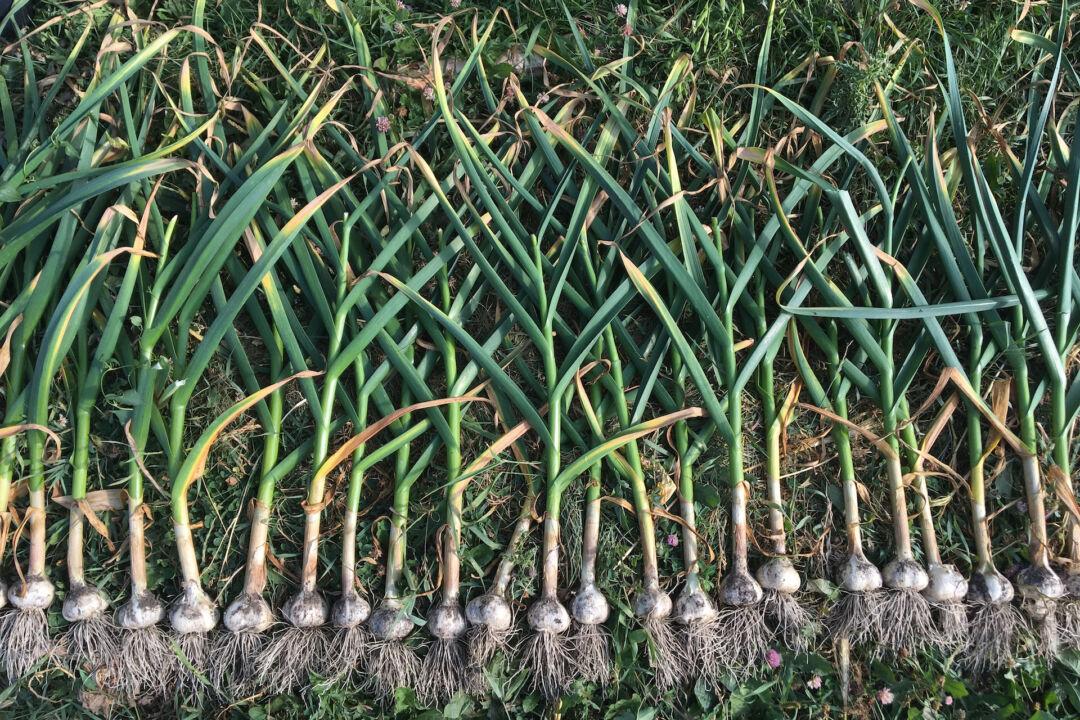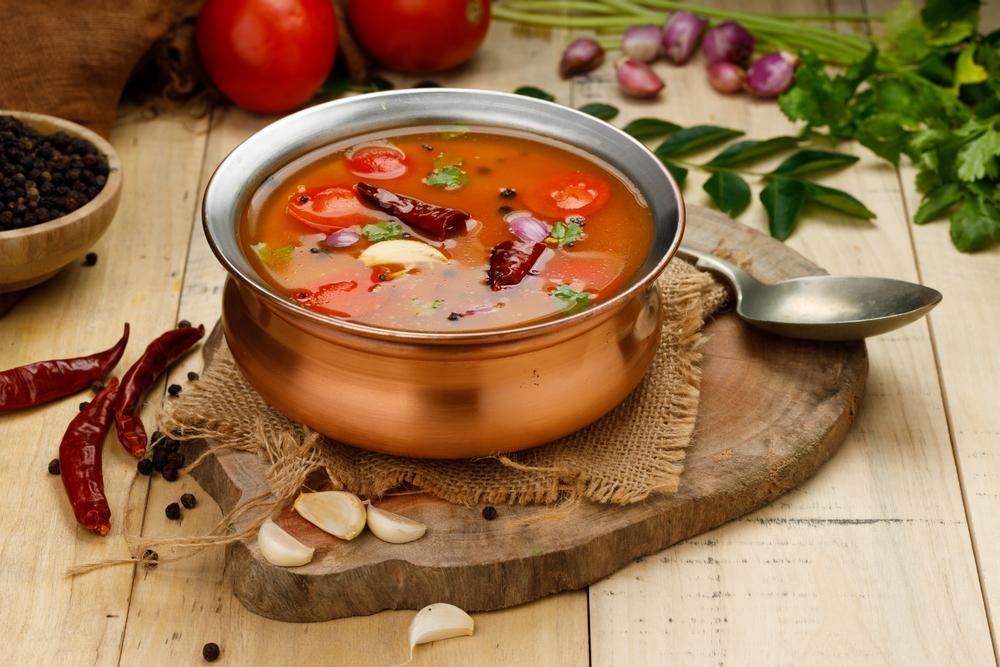A group of newly acquainted food writers wandered up the cobbled roads of a Roman hill, presumably toward a Michelin-starred restaurant, in April of 2016. Our loose parade extended half a block, whatever that means in Rome.
Atop the hill was an architecture firm, in the penthouse of which awaited an eight-course dinner. Our fearless leader, absorbed in conversation, kept a good clip, and the folks at the back were getting steadily left behind. I paused for a moment in the middle, by a chalkboard in front of a little bistro. It read, “Kamut Pasta.”
We made it to the metal and glass building, to my mild surprise, and took an elevator to the top. I sat at the end of a long table with Maureen Fant, an American food writer, and her Roman husband.
I mentioned having seen a sign for kamut pasta. Fant winced, as if I’d said “cockroach” pasta.
“Well, I’m from Montana,” I tried to drawl. “We grow a lot of kamut there. Most of it gets sold to Italy.”
“Montana?” perked up her husband, who wore jeans.
Fant, who had recently co-authored the award-winning “Sauces and Shapes: Cooking Pasta the Italian Way,” was less impressed.
Fant segued into a general discussion on what distinguishes great pasta, including the important point that it be dried slowly, rather than kiln-dried. If it’s good pasta, it will say so on the package, she asserted.
The meal continued, every course arriving with its own glass of wine, each of which brought a new crescendo of conversation, as we ogled the menu and told the food writer equivalent of fish stories. I was showing elk photos on my phone to Fant’s husband, who ogled the mountains beneath their feet as much as the animals themselves, while I ate more than my share of spare rib gnocchi.
As I washed down the last succulent piece with a gulp of Chianti, I reiterated that kamut pasta is an actual thing, finishing my story about the signboard outside the little bistro.
In one of the lulls between courses, I got my phone back and pulled up a story about Montana farmer Bob Quinn, whose father was given a pint jar of large-grained wheat by an airman friend named “Sparky” Sparks, stationed at Ft. Benton, who had acquired the grain at a bazaar in Egypt.

A Pasta Re-education
Upon my return to Montana, I began testing what I’d learned, and what I thought I knew, about pasta. I became an avid reader of labels. And sure enough, some brands advertised the meritoriously slow rate at which their pasta dries. Over a period of months, I conducted trials, and the slowly dried noodles I tried were consistently superior to the ones that made no such claim. Air-dried pasta isn’t merely re-hydrated and heated when cooked, but resurrected into living, supple pasta flesh.
I’m not sure I tasted any macadamia nuts, but the flavor was so rich and satisfying that it needed little more than some minced garlic, tossed into the pasta with olive oil while the noodles were piping hot. With cheese and red sauce, and some ground elk, perhaps, it’s worth a galaxy of Michelin stars. That kind of simple recipe made with quality pasta, paired with a chalice of aged vindication, never does get old.






